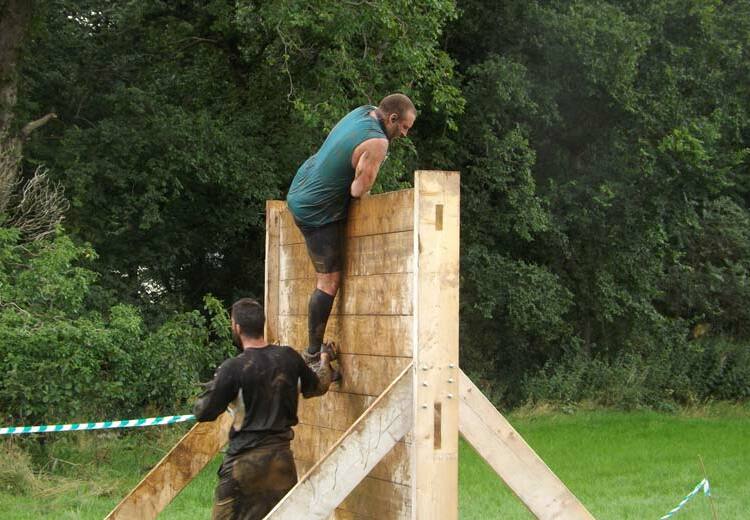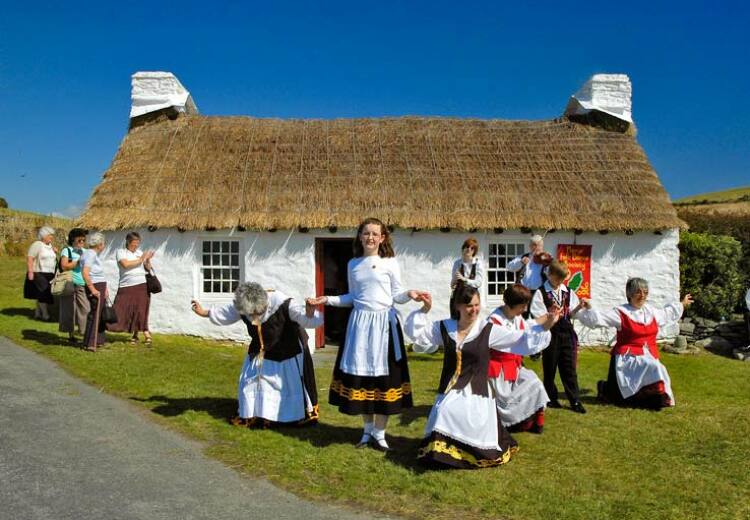The Manx Aviation and Military Museum at the airport has put a very unusual object on display. It is part of a wooden propeller which was salvaged from the wreckage of a German Gotha bomber which was shot down into the Thames Estuary during the evening of 5th June 1917. The propeller blade was kept by an army officer as a souvenir and has been on the Island since the 1930s.
The bomber was one of 22 which attacked Shoeburyness and Sheerness, killing 13 people and injuring 34. They were fired at by anti-aircraft guns and this aircraft was shot down into the sea near Sheerness. Two of the three crew survived and were taken prisoner.
The wreck was raised on 7th June 1917 and was taken ashore for examination by the authorities. It was identified as Gotha G.IV number Go.660/16.
Although bombing raids by Zeppelins in WW1 are fairly well known, it is not widely known that the Imperial German Air Service carried out a strategic bombing campaign on London and the south of England using bomber aeroplanes during the later years of the First World War. 51 Zeppelin raids were made, killing over 550 people, whereas only 27 raids were carried out with aeroplanes but they caused over 800 deaths.
Ivor Ramsden, museum director, said of the relic:
“This piece of polished wood is a grim relic of one of the very first raids on England by an enemy aeroplane so it has a significant place in history. We have put it on display to coincide with the centenary of the aeroplane being shot down, which will be on Monday June 5th, and it will stay on show through the summer. Sadly in the hundred years since this event, many thousands of people of all nationalities have died as a result of aerial bombing and we hope that people will spare a thought for all those wasted lives.”
The museum is now open daily from 10am to 4.30pm and admission is free.
Photot - The German bomber’s propeller blade.








